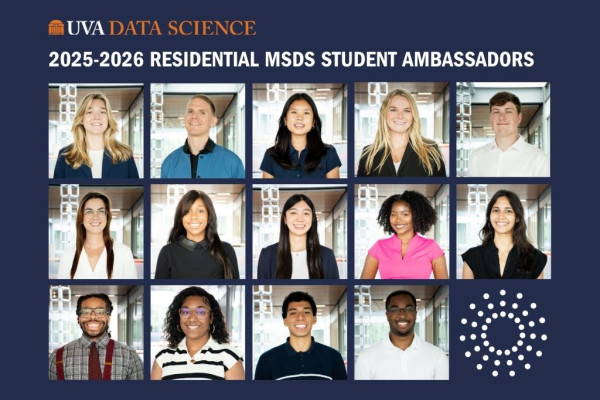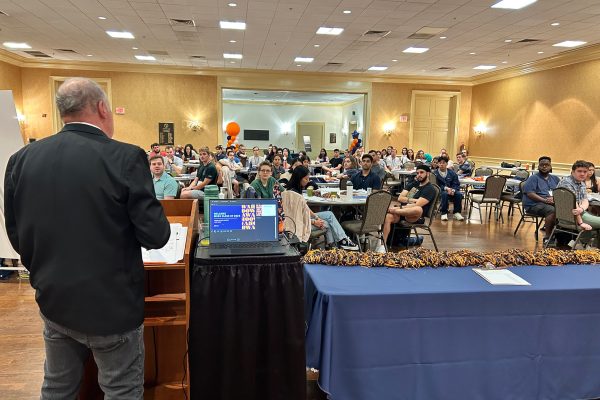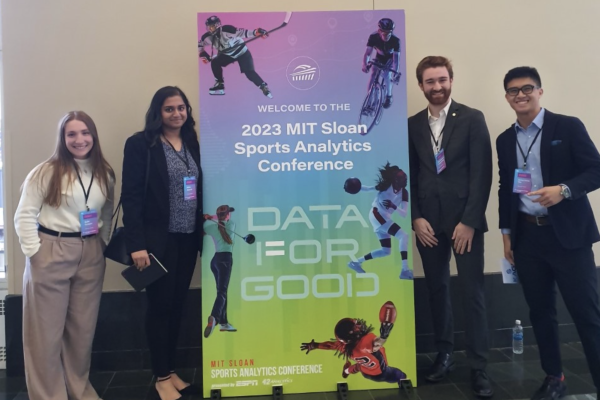
Harmony in Data: MSDS Grad Life and the UVA Music Community

As an undergraduate student at the University of Virginia, I immersed myself in different areas of the ever-evolving communities on Grounds. Now that I have entered the residential MSDS program at UVA, I spend most of my time at Dell 1 with my cohort or Old Cabell Hall, where I sing with the UVA Chamber Singers and the Virginia Glee Club. Both have been integral to my time on Grounds, and I have found that they have more in common than I thought.
Just as meticulously cleaning and organizing data is crucial to data analysis, so is the rigorous practice and fine-tuning necessary during choir rehearsals. Both processes require attention to detail, precision, and a keen eye (or ear), for identifying and remedying any discrepancies or errors. Whether it be matching vowels on the last note in a musical phrase or dealing with pesky NA values in a column, every detail counts.
In the world of data science, data cleaning is the backbone that ensures accurate insights, much like how rehearsing music in a choir polishes the performance to perfection, leaving no room for off-key moments or disharmony.
Both endeavors emphasize the significance of discipline in achieving a harmonious and coherent end result. While both of these practices may not always feel fulfilling, they lead to a better end product, whether it be a flawless concert in the Old Cabell Hall Auditorium or the machine learning model I developed for my Statistical Learning project.
Data cleaning (or rehearsal) may not always be the most fun part of the process, but they truly do make the end product more worth it, and UVA is great at instilling that lesson.
Another fun analogy comes from my Bayesian Machine Learning Class: If you were to view a choir from a Bayesian perspective, you might say that each individual voice part in a choir is a prior distribution that all collectively contribute to our likelihood, the performance at a concert.
The posterior distribution would be the music perceived by our audience members, which we can then use to understand and learn more about our music. While this connection is more of a stretch, I love to find a parallel between the music and data science world.
As I continue my time in the MSDS program, I will keep honing my craft and finding more parallels within the two subjects. I've realized how data science and music can make the world a better place, and I can’t wait to share that with others after Final Exercises in May.



